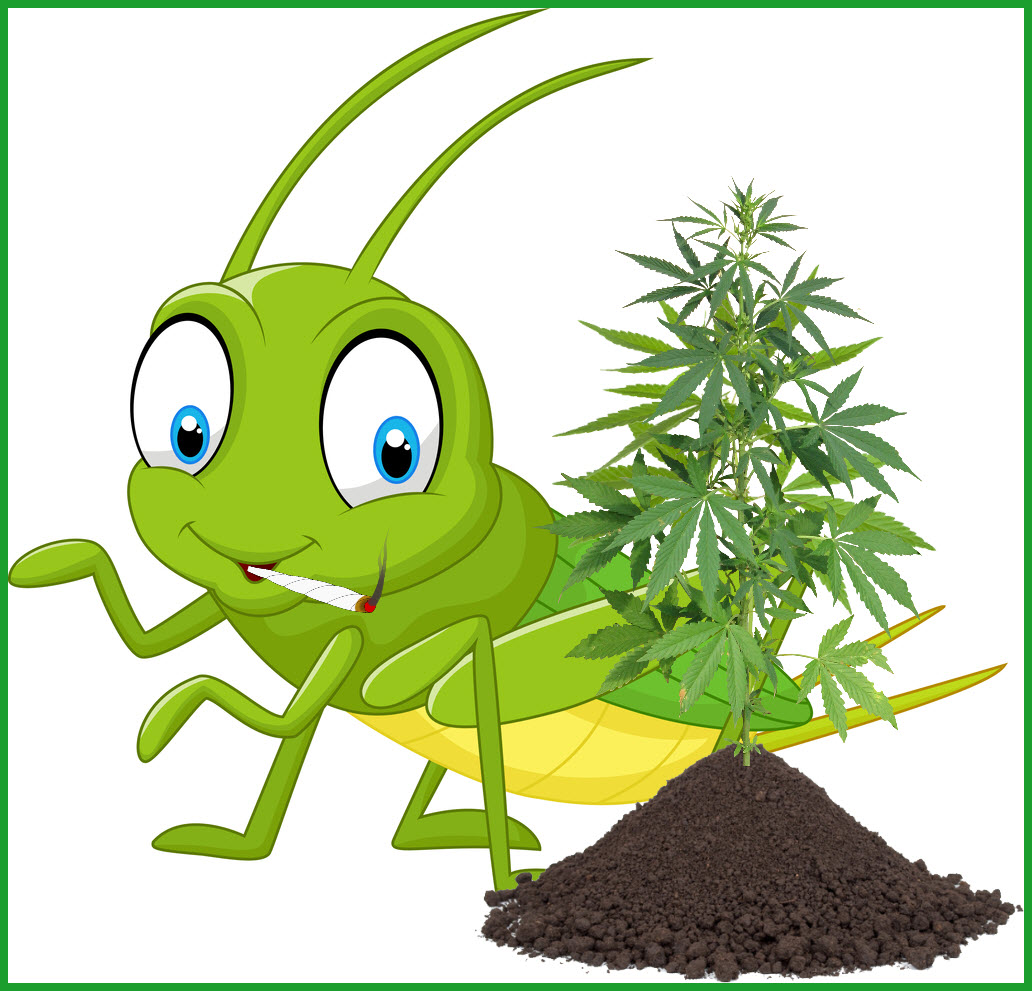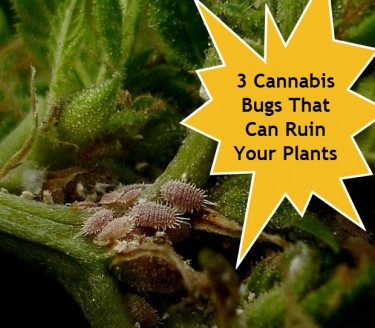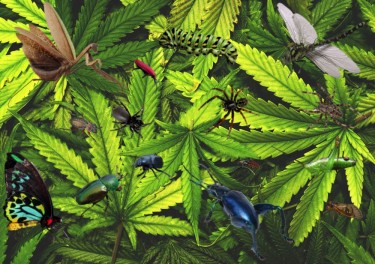
Locusts Are Disappearing – How To Keep Those Pesky Bugs Away From Your Cannabis Plants
HELP!!! Grasshoppers are eating my cannabis plant and I don’t know what to do. It can be extremely hurtful to see all of your hard work being wasted on maintaining your cannabis because of locusts. Fortunately, you don’t have to worry about that anymore because we have the answers.
Cannabis is one of the most talked about topics in America and around the world as various states legalize its use. People use legalization status to grow cannabis. As with all agricultural investments, however, there are risks and opportunities.
The rewards come in the form of fantastic cannabis plants that give you access to weed, and the risks can also include locusts feasting on your plants.
Locusts love to eat weed plants, so there’s no time to complain about it; You have to learn to contain these excesses. This guide will teach you how to spot signs of locust damage and prevent them from showing up. Interestingly, you don’t need any major chemical intervention to protect your plants from a locust invasion.
The importance of protecting your cannabis plants
A cannabis plant is a VALUABLE investment: it takes time to care for the plants, and when used for commercial purposes you need to purposely protect the plants.
A well-cared for cannabis plant can become a significant source of income for anyone doing their best for the project. If you also consume cannabis and want access to fresh produce every time, your farm is a worthwhile investment.
Expectations are great on such farms and pests will patrol your garden in search of cannabis flowers, leaves, and succulent stems. Locusts are the most problematic pest that you need to understand how to contain their threat.
Get to know the locusts.
Grasshoppers have a unique appetite for fresh cannabis; They are the oldest living group of herbivores (chewing insects) and can cause lasting damage to your plants. Grasshoppers are voracious about cannabis plants and can wipe out an entire field without control.
They have an innate tendency towards the succulent stems and leaves of the cannabis and use their mouthpieces to remove parts of the plant. Over time, you will find that your plants have depreciated, stunted, and are causing other deaths.
The damage from locusts harms the cannabis plant, and while your plants provide food for the pests, you should protect your investment.
How to spot damage from locust attacks
As a cannabis grower, you need to know how to identify the various types of damage caused by pests, as different pests will leave further damage to the plant. Here are some obvious signs of a locust attack:
When grasshoppers invade your plants, they also send an open invitation to other animals that love to nibble on grasshoppers. You will also see more rats, birds and foxes on your farm looking for locusts.
Besides being aesthetically unappealing, dry and brown leaves also cause a lot of stress. Leaves turn brown and dry when the locust chews on them, making it impossible for them to experience photosynthesis.
Always watch your cannabis plant and look for puncture sites caused by the grasshopper sucking the sap from the stem. Remember that stems are an important part of the plant’s nutrient transport system: any damage to the stem will affect the yields you get from the plant.
Suppose you observe small, volcanic mounds of earth in your garden. The grasshopper has buried itself under the earth and debris comes to the surface. You know locusts have paid a visit when you see dirt piling up and those tunnels created by digging are damaging the structure of the soil.
Treatment solutions
You now know the signs; what’s next? Use the solutions below:
Since birds love to eat locusts, you’ll want to build perches and mini houses for them in your yard. The presence of birds on a farm will keep the locusts from getting around, and when they do, the birds will eat them for dinner.
You may also need to attract natural locust predators to your yard. Some predators like to eat locusts such as mantis and spiders; They will help keep the locusts away.
Needle Oil is a natural pesticide with fewer side effects than other commercial chemicals. This is an organic app that will keep grasshoppers from chewing on your plants. Neem oil also prevents the grasshoppers from laying eggs (so you don’t have to worry about the grasshopper raising babies in your yard).
Pesticides
Some gardeners choose to use synthetic pesticides which do a pretty good job, but please be aware that such chemicals will also negatively affect your plants. If you need to use a pesticide, please get one that will have a far less impact on your crops.
Preventing locust damage to your cannabis plant
Prevention is always the best long-term solution so that your plants are protected even before locusts are allowed into your cannabis room. Here’s how you can stop such a locust infestation:
-
Cover your rows of plants and beds with insect nets that allow air, water and light to get to the plant and keep the locust away.
-
All plant beds should be kept clean by removing weeds and firmly covering the soil with mulch.
-
Raise chickens and guinea fowls that can hunt locusts.
-
Did you know that grasshoppers cannot process all-purpose flour? Yes, they can’t. So if you sprinkle something in your yard, they will eat it and not come back.
Bottom line
Your cannabis garden is a significant investment and it is your responsibility to make sure it is protected at all times, especially from grasshoppers. This article showed you how to identify, treat, and protect your cannabis plant from grasshopper infestation.
BUGS AND WEED WEED, READ MORE …

FAULTS TO YOUR WEED PLANTS, HERE ARE THE ONE TO AVOID!
OR..

5 WAYS TO AVOID YOUR MARIJUANA PLANTS INDOOR!

Post a comment: